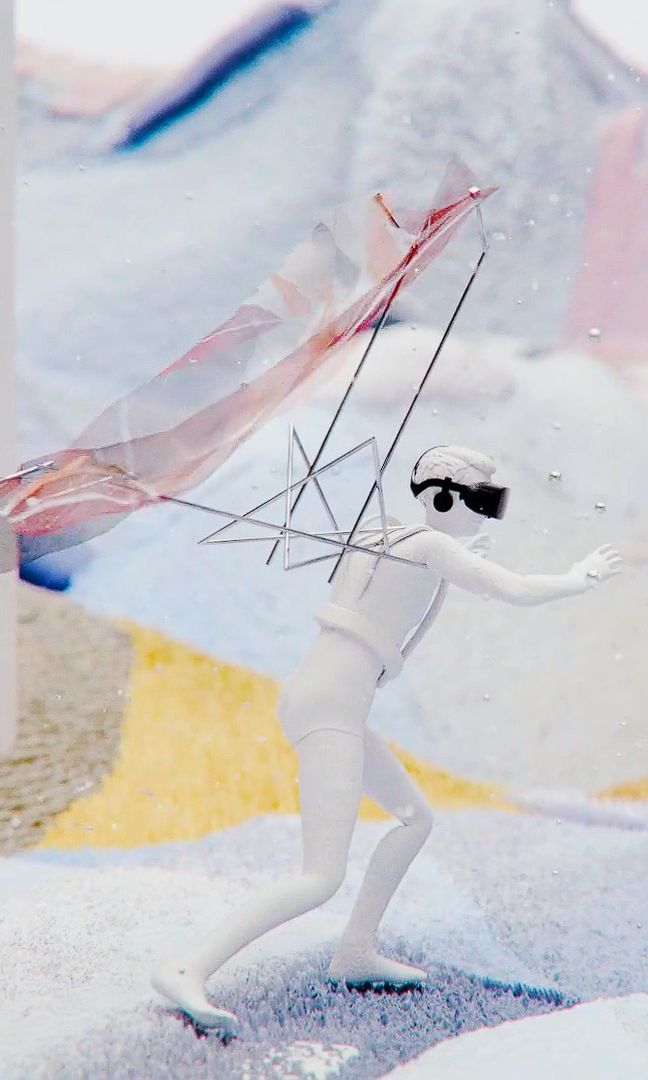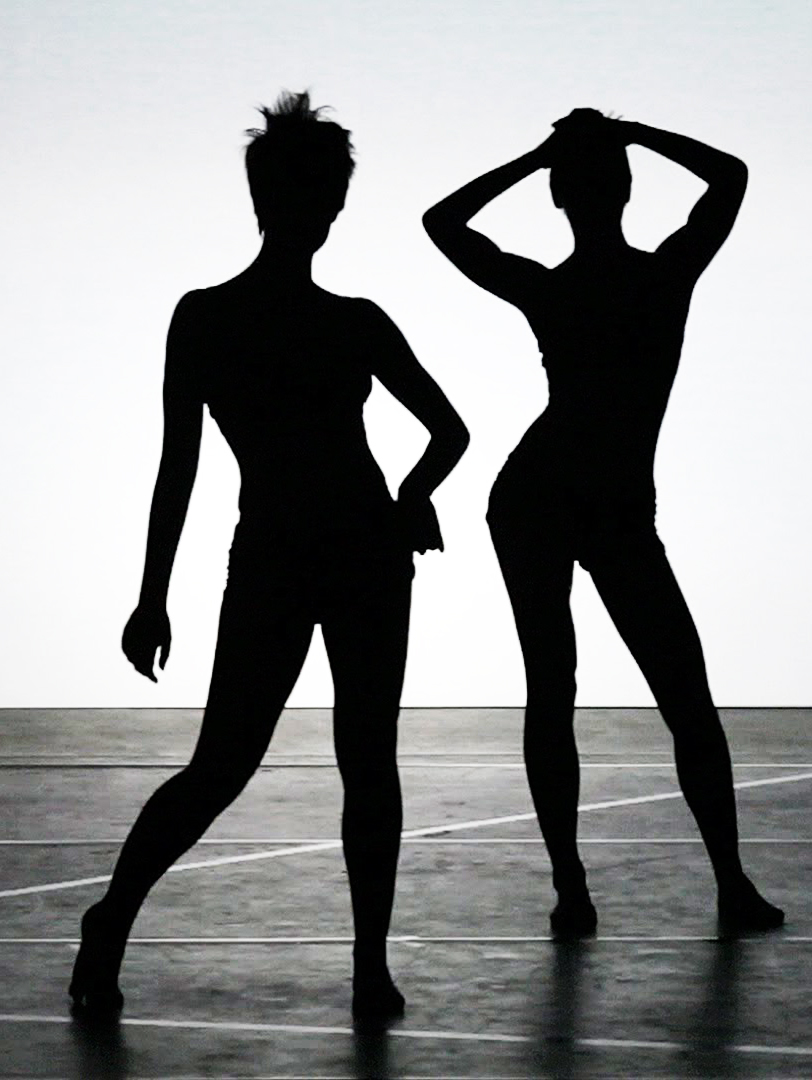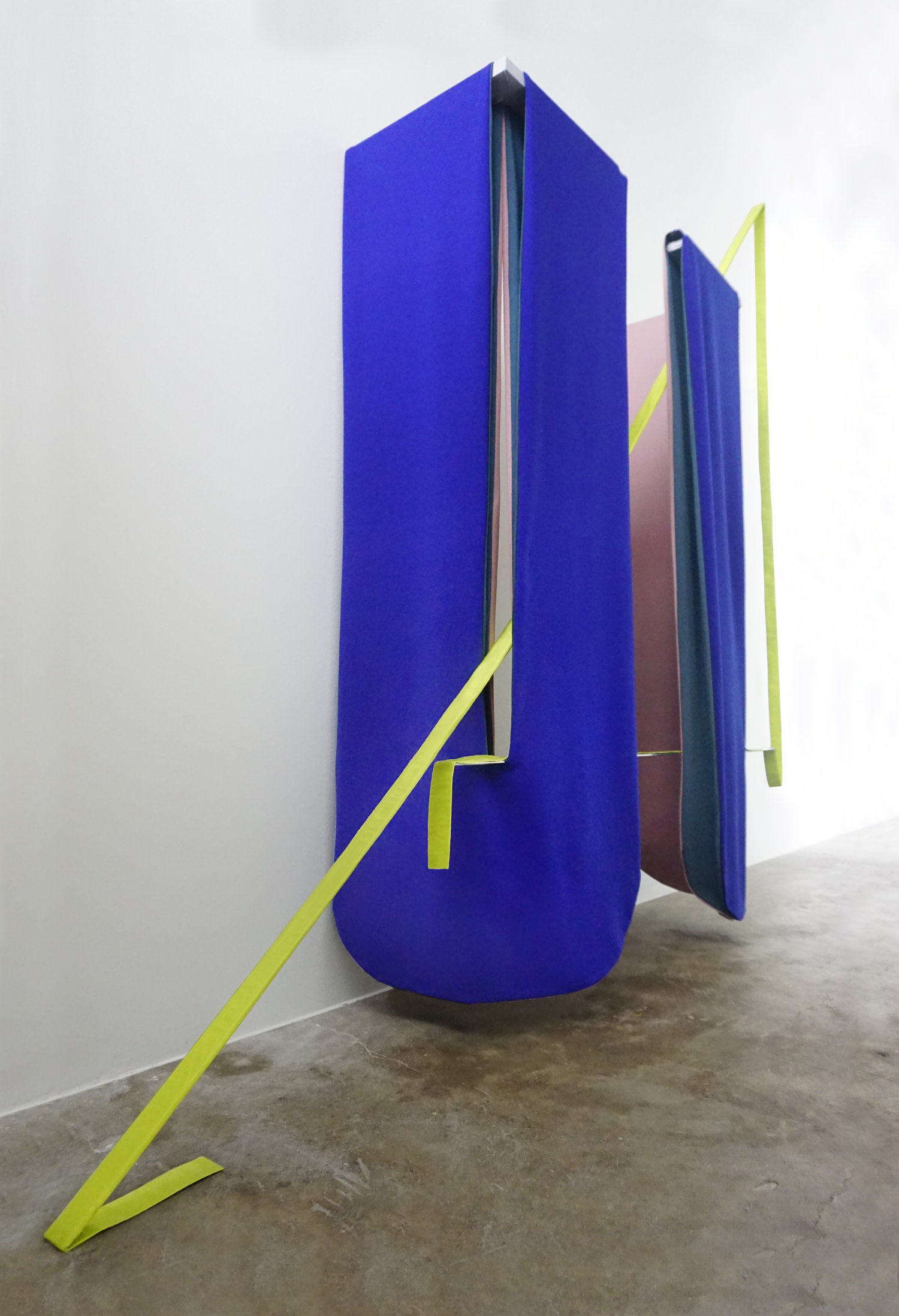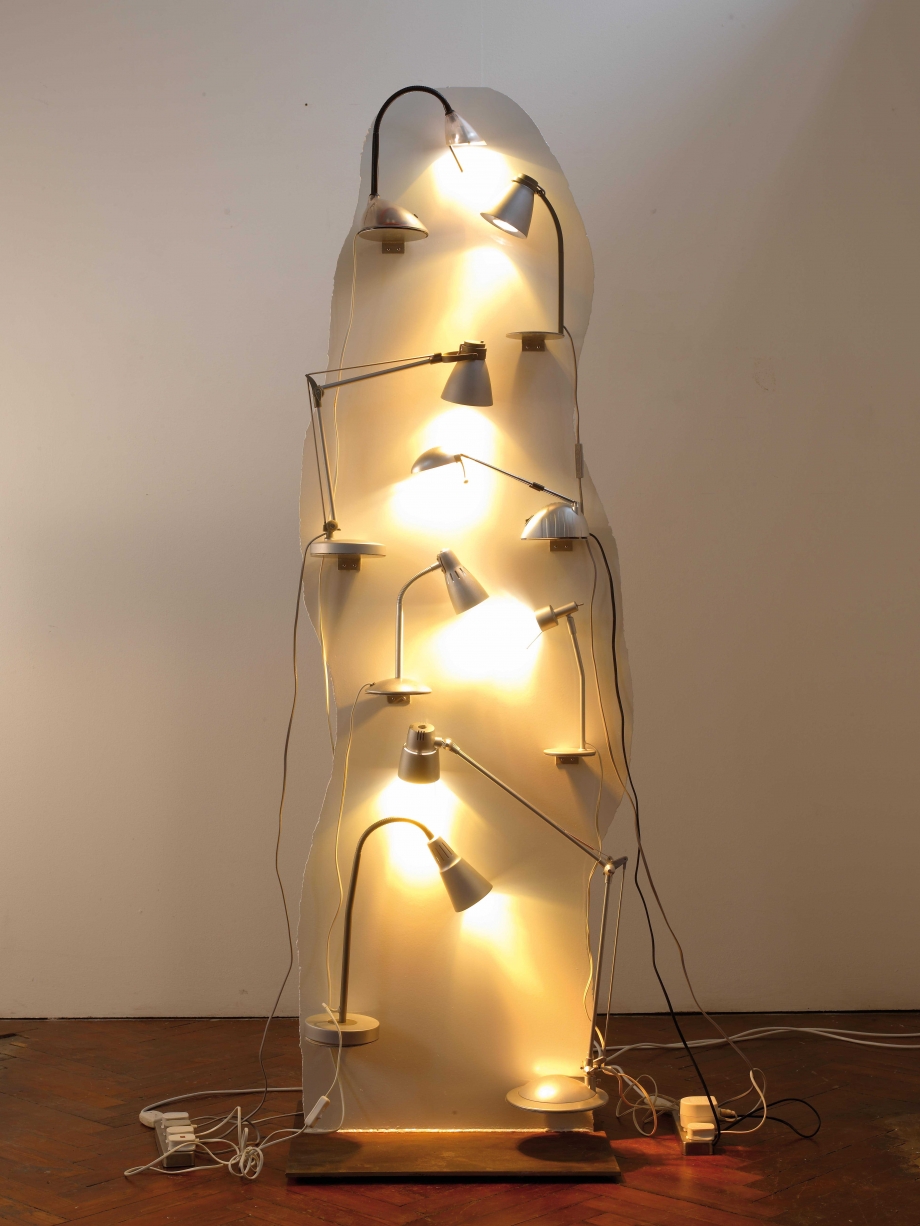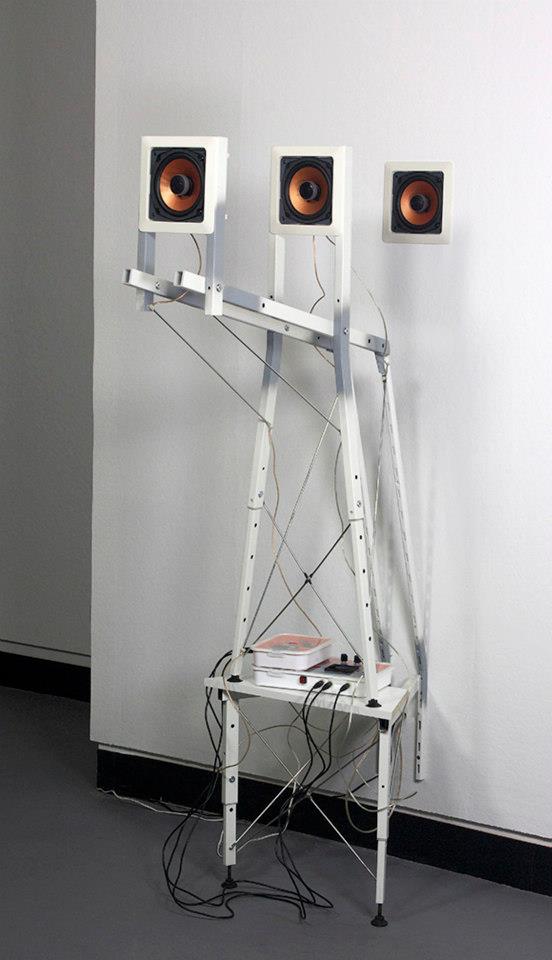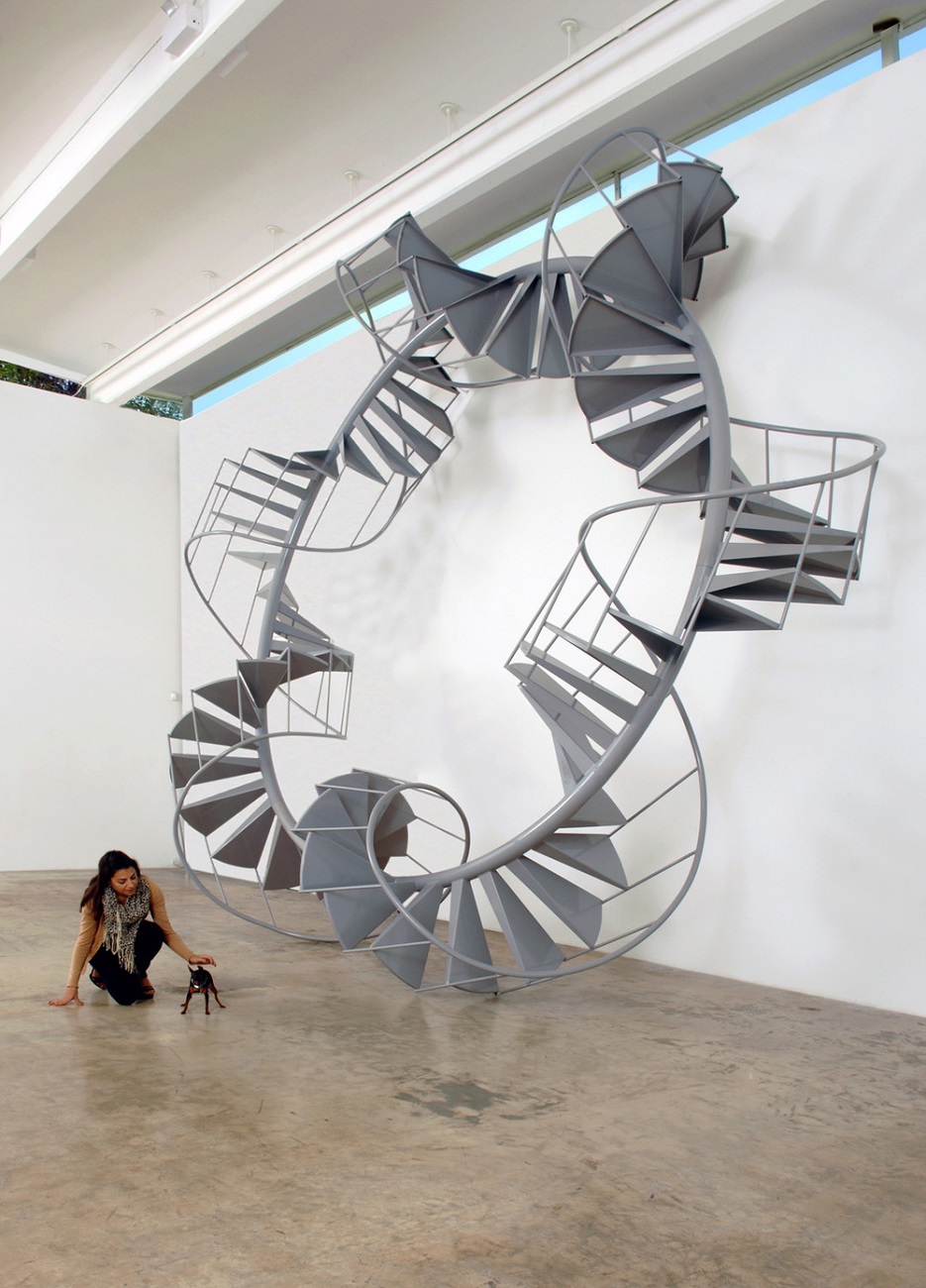
Hiroshi Matoba
Sun and Moon Room
Sun and Moon Room in the Art Museum of Nature and Human Non-Homogeneity, located in Bungotakada City, Oita, houses one of the interactive art installations designed to extend one’s physicality in contact with the nature. The concept of this work is a room where visitors can play with sunlight. As visitors walk through the room, small apertures on the ceiling automatically open and close, following their movements. The aperture system is designed to envelop the visitors’ bodies in light and to change the shape of the light cast at their feet, mimicking the waxing and waning of the moon. Visitors’ movements are detected by sensors, which trigger to open only the apertures located in the direction of the sun. The room is controlled to create an interior condition that represents the weather of the moment using a program for analyzing live data released by the Japan Meteorological Agency.



